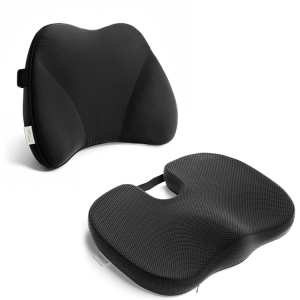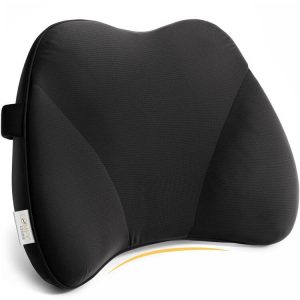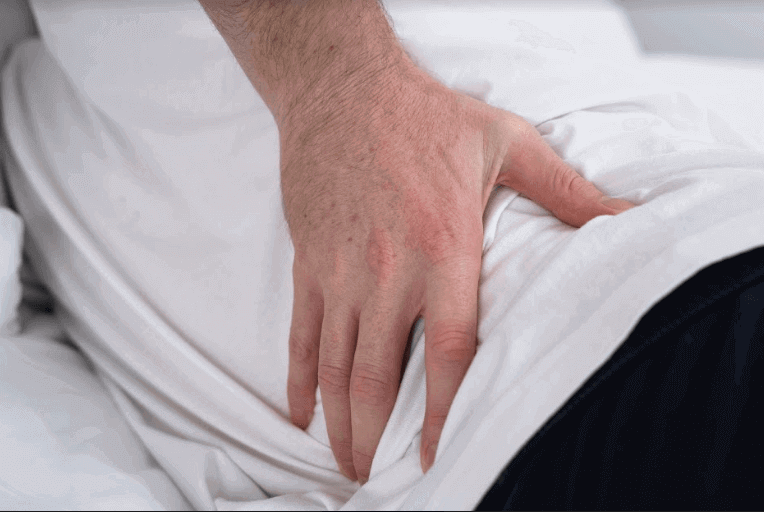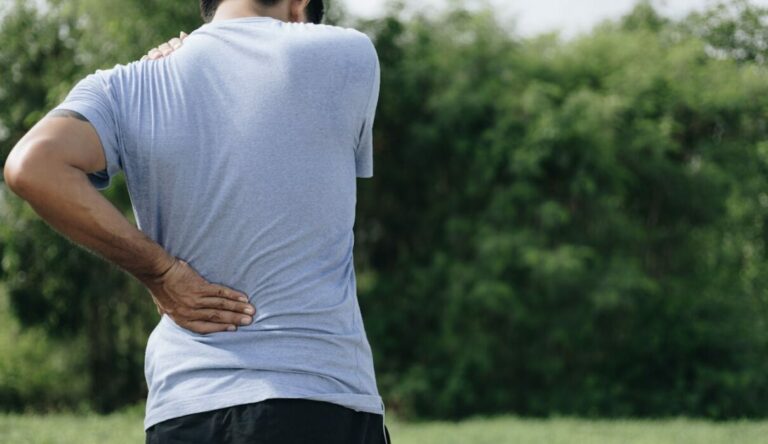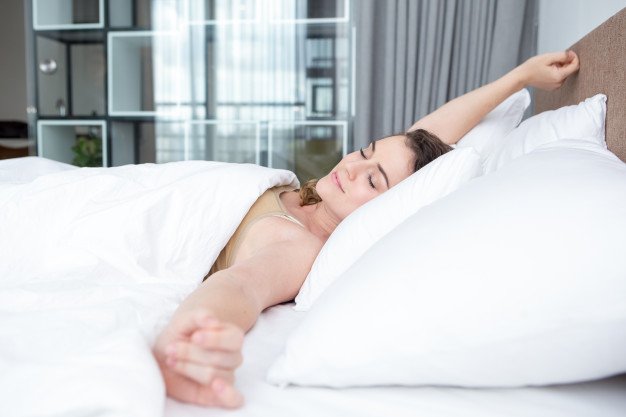
The key to a healthy spine is having good posture, and by that, good posture doesn't only limit when you're standing or sitting. Improper sleep position can lead you to stiff and sore pain when you wake up.
"Everybody's ideal sleep position is different," describes Sujay Kansagra, MD, Mattress Firm's sleep health expert and associate professor of pediatrics at the Duke University School of Medicine in Durham, North Carolina. The quality of our sleep depends on how we position our bodies; that's why we must know the best sleeping position beneficial for our neck and back.
Best Sleep Positions and Its Advantages & Drawbacks
Here are four best sleep positions you should know about and its advantages and drawbacks to help you find your best overnight pose:
Side Sleep Position
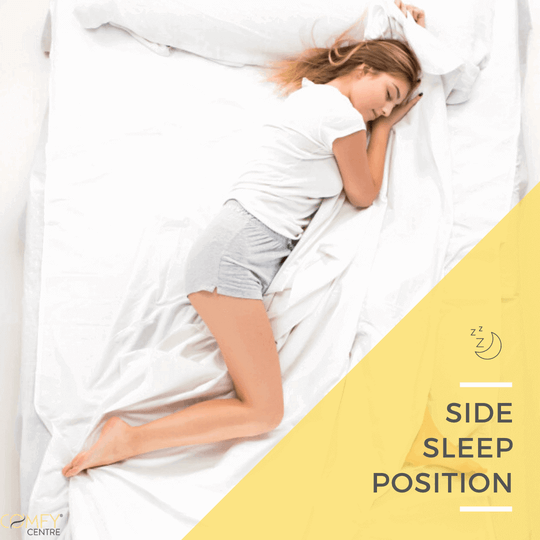
Advantage: A study by Stony Brook University researchers published in August 2015 in the Journal of Neuroscience states that side sleeping is the best option as it helps clear harmful waste from the brain and reduces the risk of neurological disorders like dementia.
Side sleeping also may be the best position for those people who are heavy snorers and have sleep apnea. This position is beneficial for those who have breathing difficulties. It is also recommended for pregnant women as it helps the flow of the nutrients to the placenta and fetus.
Drawback: Side-sleeping often contributes to sudden and severe hip pain due to the pressure being exerted into the bursae (small fluid-filled sacs) in the joints. It's best to switch sides when you sleep to avoid hip or shoulder pain on one side.
Sleeping On Your Stomach Position
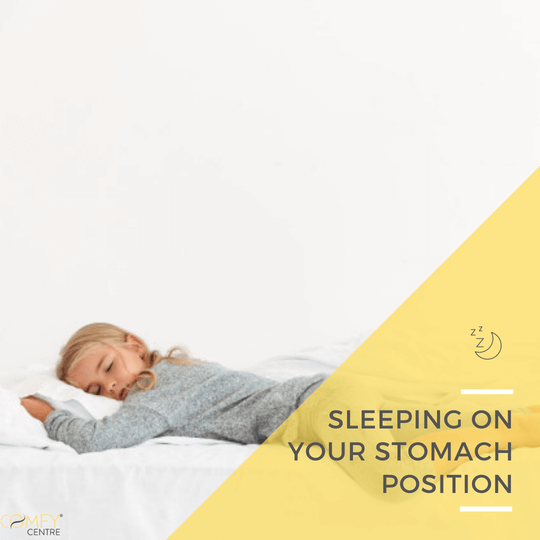
Advantage: Sleeping on your stomach reduces the risk of breathing difficulties that contributes to sleep apnea, according to Terry Cralle, RN, a clinical sleep educator in Washington, DC. This sleeping position also helps keep airways open as you snooze.
Drawback: When you sleep with your stomach, your abdomen deeply sinks in your mattress, which in return affects your spine alignment and causes strain on the neck and lower back. It's best to switch sides to avoid any discomfort when you wake up.
Curled-up Sleep Position
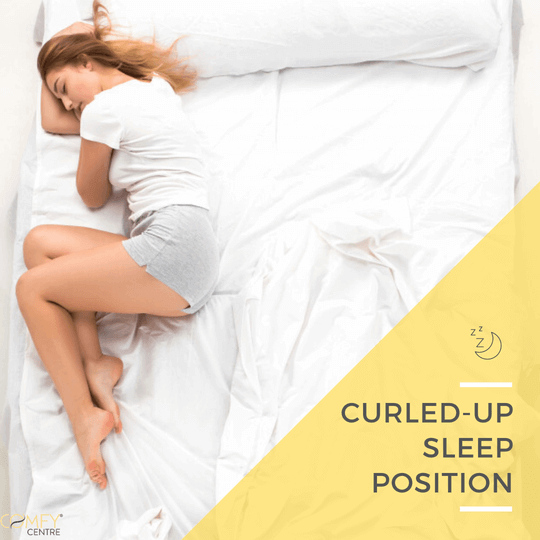
Advantage: Sleeping curled up provides typically the same benefits as side-sleeping, it decreases snoring and pressure off your back. It also help improve spinal health.
Drawback: This sleeping position involves a position where your knees are curled up, which potentially leads to disc disease, as this position causes changes in the discs in your spine. As much as possible, try uncurling your knees and place a pillow between your knees to support your lower back.
Back-Sleep Position
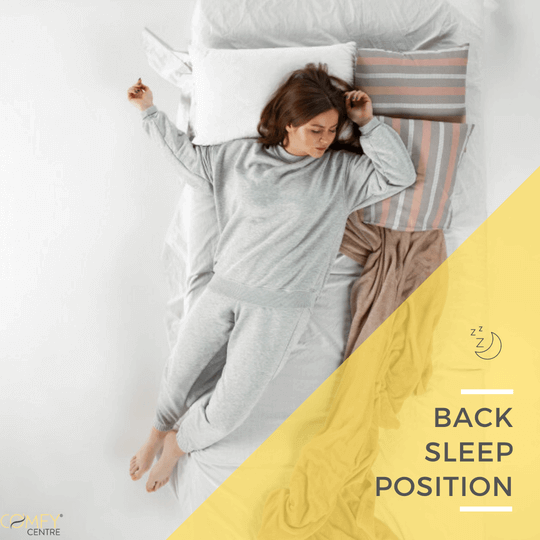
Advantage: Back-sleeping allows your spine to perfectly aligned all night, reducing any pain while you sleep, and as you wake up.
Drawback: Back sleeping isn't recommended for people with sleep apnea. According to Dr. Fischer, Charla R. Fischer, MD, an orthopedic surgeon at NYU Langone Health's Spine Center, sleeping with this position might cause your tongue to fall into the back of the throat, causing minor discomfort.
Bonus Tip: If you experience back pain, you should try lying on your back, slightly elevate your arms by your side and extend your knees. This way, you take the strain off your back. You can put a soft rolled towel or knee pillow under your knees for better comfort.
Final Thoughts
So, what do you think is the best sleep position for you? We personally believe side-sleeping is the best option. It has a lot of dynamic benefits, and if you ever feel a little discomfort, try a few simple ways of relieving it like switching and alleviating your hip or back.
Also, you can try any of these positions and see what works best for you that will help you achieve better sleep and excellent morning feeling.

